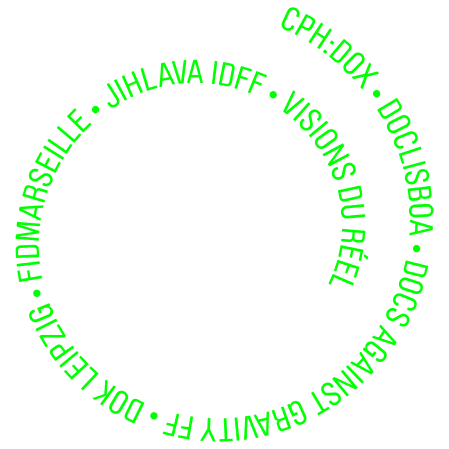Behind Our Eyes
Anton Bialas
France, 2018, 46 min
“What you see you shall become”. Used as an epigraph to the film, this quote from the gnostic Gospel of Philip invites us to enter a cyclic and extrasensory universe. Derrière nos yeux introduces in turn the portraits of three solitary individuals living non-conformist lives, from adulthood to teenage years and finally to a childlike state. The first character, a homeless performer wandering the streets of Paris, filmed as a village, was already the subject of Anton Bialas’ previous short film, En son royaume. Just like Aliasare, a dreamy and solitary painter who is busy trying to find brief glimpses of beauty (to quote the famous title of Mekas’ film, whose work is akin to the materiality shown in this present film) in the world around us. In the last part of the film, a young blind man appears in a game of superimpositions over the forest where he lives. Nature, perceived as a magic power, prevails in every episode: so much more than a simple setting, it is a way for the three characters to escape loneliness, in a pantheistic approach. The recurring close-ups on hands performing trivial tasks point to an “haptic” form of cinema, in which sight is guided by touch, and camera stays as close as possible to bodies and textures – wrinkles on the skin, brush strokes on a canvas, or the bark of a tree. Anton Bialas makes films that remember what lies behind the eyes of the viewers: the thickness of the people and things that he films, as well as the history of cinema, as a practice of the sensitive rather than the sensible.
